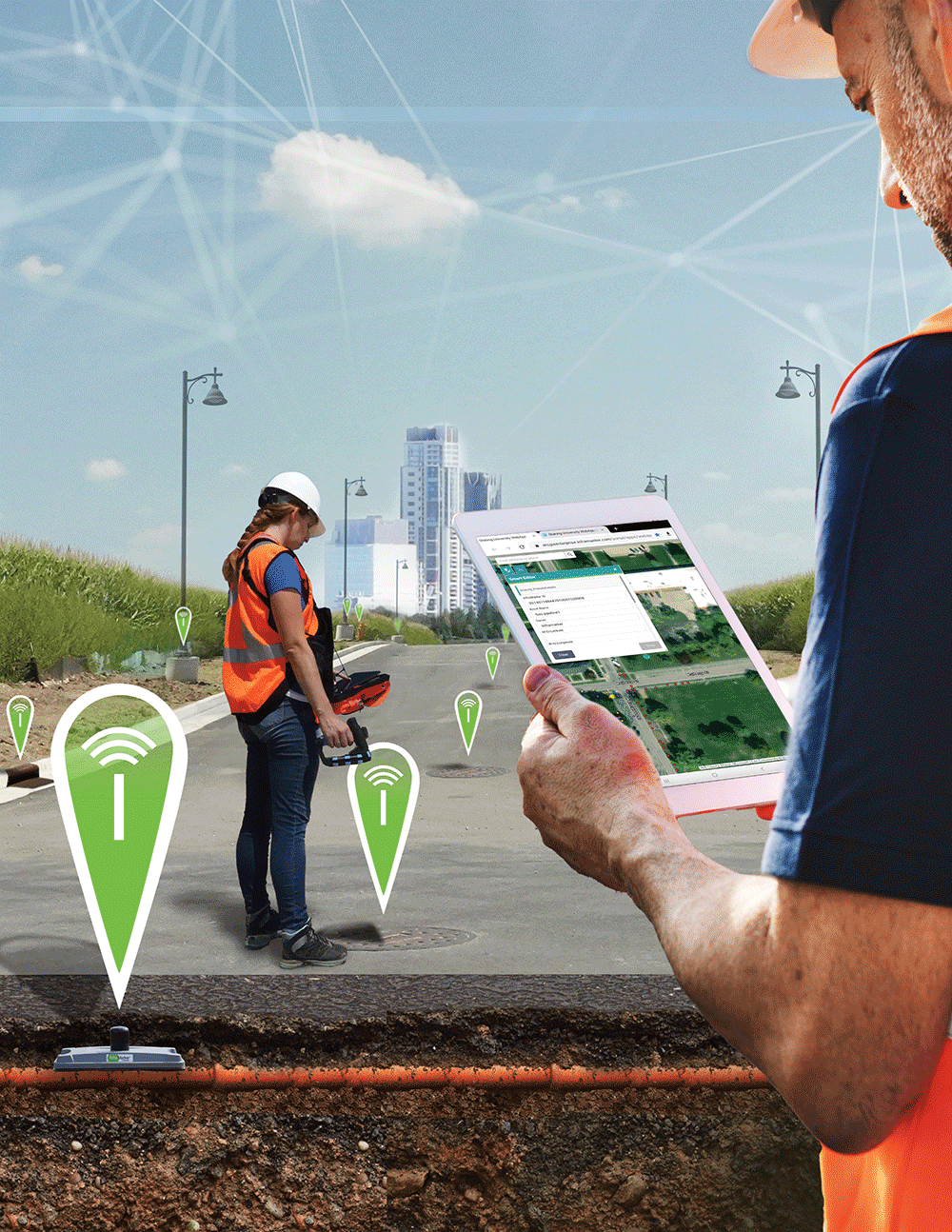Public Works - the key to livable communities
Public works are key to making our communities livable, and the American Public Works Association (APWA) is committed to continually developing the skills of public works professionals across the full spectrum of public works.
A broad spectrum of professionals
This broad spectrum includes anyone that is involved in community service, including engineers, IT professionals, emergency managers, parks and recreation, road and bridge maintenance, airport and railway construction and maintenance, waste removal, stormwater and flood control, utilities, Right-of-Way, infrastructure construction, water and sanitation and everything else that keeps a city running smoothly.
The goal of public works is to create livable communities – all the seemingly invisible things that hold everything together. Most of the time, no one thinks about public works and infrastructure until they don’t work right. When disaster strikes, people recognize the essential nature of infrastructure and demand its restoration.
Burying power lines underground. U.S. Air Force photo by Senior Airman Schelli Jones.
One example of public works
It takes knowledge, experience and a team of professionals to create and maintain that infrastructure. For example, surveyors and engineers are involved in laying the groundwork for improving power transmission. Everyone knows that storms and overhead powerlines don’t mix very well, so many power companies want to put their lines underground. They rely on surveyors to compile parcel information and engineers to layout the path so that powerlines can be moved underground. This pre-work is essential to making sure powerlines are placed correctly within the ROW and the location is documented.
They do it all
Public works administrators have to manage a lot of things, from roads to stormwater systems to parks to complex construction sites. A lot of them are using GIS-based asset management systems in the effort to create a digital twin of the existing infrastructure so that they can manage maintenance efforts, locate buried assets and so on.
Technology making a difference
Unfortunately, these digital representations are often unconnected with reality, which negates their usefulness. That’s where Berntsen’s expertise comes in. We’ve developed a way to connect the physical asset to its digital record with RFID. InfraMarker RFID is integrated with Esri’s ArcGIS data collection apps, which means that when public works managers send a crew out to perform maintenance on assets, the crew can easily locate the physical asset AND update its digital record in real time.
Both engineers and surveyors know the importance of being able to find a specific point in the field. That’s why GPS and magnetic locators are essential. It’s essential to know both the computed (digital) location of something, as well as the significance of the monument or asset in the ground. When that ability is combined with access to its digital record in GIS, it can be a game-changer for public works managers.
The APWA Conference
Soon, the American Public Works Association Conference in Chicago will open, and Berntsen is supporting this vital educational opportunity at booth 2062. Stop by and learn more about how InfraMarker Connected RFID can help manage critical assets – from buried infrastructure to trees, tools and signs.



